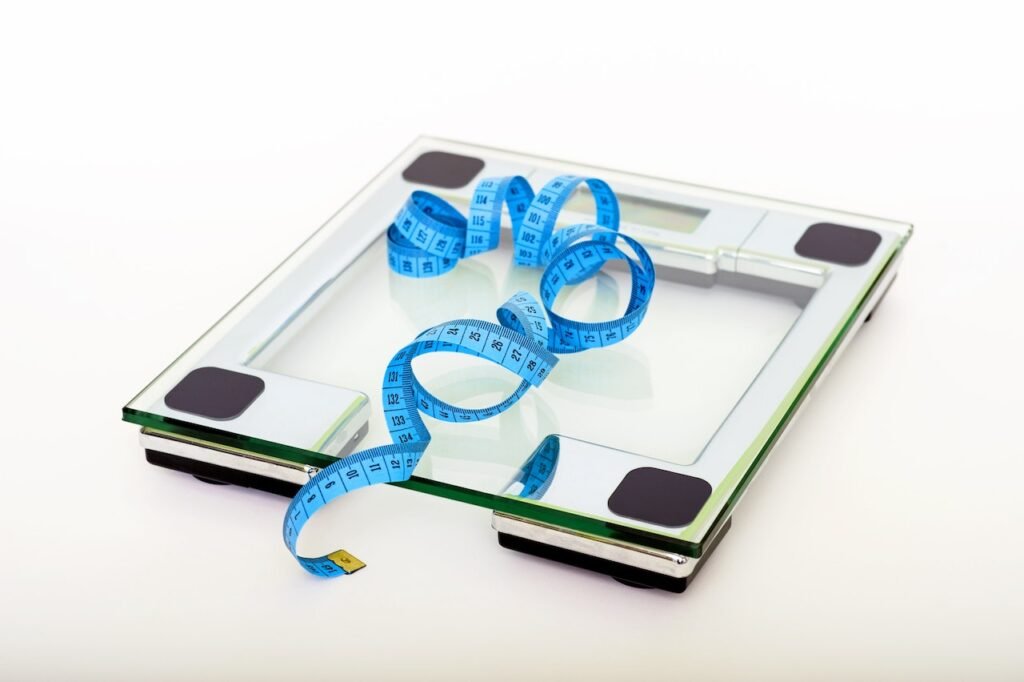How to Lose Weight Fast?
Weight loss is the reduction in body mass and body fat by taking a low-calorie diet and exercising daily to burn extra calories. Losing weight is not the answer to every health problem, but if your doctor recommends it, go with it. It’s wise to aim to lose 1 to 2 pounds weight a week; you need to burn 500 to 1,000 calories more than you consume daily through a healthy diet plan and regular physical activity. If you are an adult with serious health problems because of your weight, try weight reduction treatments prescribed by your physician.
Lose weight fast in four simple science-based practices
1: Cut back on refined carbs.
Reducing the intake of refined carbs from your diet can help curb your appetite, lower your insulin, and support weight loss, while eating too many refined carbs may be one of the leading causes of obesity. So, switching to whole carbs to lose weight fast is an excellent idea.
What are carbs?
Carbs, or carbohydrates, are molecules that have carbon, hydrogen, and oxygen atoms. Examples are sugar, starches, and fibres.
Difference between Whole versus refined carbs.
Whole carbs are minimally processed and contain the fiber found naturally in food like whole grains, oat, and beans. On the other hand, refined carbs have been processed more and have had the natural fiber removed or changed. Refined carbs include sugar-sweetened beverages, white bread, pastries, or other items made with white flour.
Sources of whole grains
Whole wheat bread, oatmeal, sweet potato, and brown rice are all excellent sources of energy and nutrition. Combined with the right combination of proteins and vegetables, whole grains are perfect all-around nutrition.
Whole 30 diet plan
The idea behind this diet is to eliminate all processed foods from your diet for 30 days to purify your system of artificial ingredients and other refined items that are hard on your digestive system. After 30 days, you may also notice a reduced waistline and higher energy levels.

2: Eat lean protein, healthy fats, and raw foods.
Each one of your meals should include a lean protein source, a good fat source, raw food, and a small portion of complex carbohydrates. Take scheduled meals and never skip meals. Plus, drink plenty of water.
Sources of lean proteins
Proteins low in saturated fats are called lean and are low in calories. White fleshed fish, lean turkey, beans, peas, lentils, egg white, low-fat cottage cheese, low-fat milk, and yogurt are all excellent sources of lean proteins.
Proteins play an essential role in building and maintaining muscle and tissues in your body and help promote satiety and aid in weight management.
Sources of good fat
Unsaturated fats are good fats and are a good source of energy for your body. Nuts, seeds, olives, and avocados are delicious and healthy fat additions to our diet.
Sources of raw food
- Fresh vegetables and fruits, coconut milk, nuts, seeds, and other uncooked foods are all included in the raw food diet.
- The fruit helps to satisfy your sweet tooth, while fresh vegetables help your stomach fill up more quickly. Both fruits and vegetables contain fiber to help you feel full quickly.
- Apple and grapefruit are food that helps keep your blood sugar stable and helps you keep your appetite in check.
- Vegetables are also a good source of complex carbohydrates. You can eat many leafy green vegetables without worrying about calories. Cauliflower, tomatoes, kale, cucumber, and peppers are some of the best vegetables you should add to your diet plan to sustain a healthy weight.
Portion your meals to keep calories in check.
You don’t have to give up your favourite foods to lose weight. Likewise, choosing healthier foods doesn’t mean you can eat as much as you want—instead, portion meals with measuring cups that estimate portions.
Never skip meals
Food gives you energy, so if you don’t eat it for a long time, you may get tired quickly, and your activity level may decrease. Plus, it can make your body crave high-sugar snacks for a quick energy boost. Scheduled regular meals and snacks help stabilize blood sugar levels and keep hunger at bay.
Keep a check on your calorie intake to lose weight fast.
For an easy way to estimate the number of calories you eat, use an online calculator. Never eat fewer than 1200 calories a day unless your doctor supervises you. Eating fewer than 1200 calories a day is dangerous for your health.

3: Move your body
Resistance training, such as weightlifting, is an excellent option for losing weight two times a week.
- More muscles mean a more metabolism that helps to lose weight fast.
- Try machines at the gym, like using a treadmill, an elliptical trainer, or a rowing machine. Start with short sessions and consult a personal trainer to avoid injuries.
Choose cardiovascular exercises and workouts at home that match your fitness level.
A combination of cardio and resistance training is essential for overall body health, but cardiovascular exercise is what will help you shed those pounds quickly.
Make a habit of performing these simple exercises at home. It starts with a warm-up which includes side bends and high knee twists. Follow up with the following workout exercises to burn calories at home.
- Ski hops
- Side leg raise
- Jumping jacks
- Mountain climber
- Running in place
- Burpees
- Star jumps
- Russian twist
- Cross crunches
- Reach through
Don’t forget to take breaks in between training.

Get enough rest.
Proper resting will help you maintain sufficient energy throughout the day, making you less likely to overeat and less prone to injury during physical activity.
Get enough sleep
Create a sleep routine to help you fall asleep faster. Relax for an hour or two before bed, and avoid screens during this time. Sleep deficiency links directly to an incapability to lose fat, so getting enough sleep can help you to lose weight.
A sauna loses half a litre of sweat in just 15 minutes.
Saunas won’t help you lose weight permanently, but they can help you look slimmer for special events.
Join a weight loss camp.
It can be challenging to stick to regular exercise and eating plans. Old habits and routines always come back at every curve. Many people turn away from their practices to fight this and divert to residential weight loss programs available for teens, adults, and seniors.
4: Weight loss treatments
Exercise and change in eating habits are helpful weight-loss tools. However, these do not work to reduce body weight for some of us. Surgery is another option.
Bariatric surgery
It removes or alters part of a person’s stomach or small intestine so that they do not eat as much food or consume as many calories as they used to.
Liposuction.
Liposuction is a surgical procedure that uses suction to remove fat from specific body areas, such as the abdomen, hips, thighs, buttocks, arms, or neck.
Cool Sculpting
It is a non-invasive fat reduction method that targets fat in body areas that are harder to remove through diet and exercise. It carries fewer risks than liposuction and helps remove fat from specific body areas, like the stomach, upper arms, upper thighs, flanks, and chin.

Takeaway
Any diet plan with mild exercises that reduces calories will help you lose weight. Losing 1–2 pounds per week is a safe amount that does not harm your body.
Eating too little, doing heavy workouts without taking breaks, and losing weight too quickly is dangerous and can adversely affect your health. It’s best to be slow and steady to win the race.
Do you find my article helpful in losing weight? Please share in the comment section.
